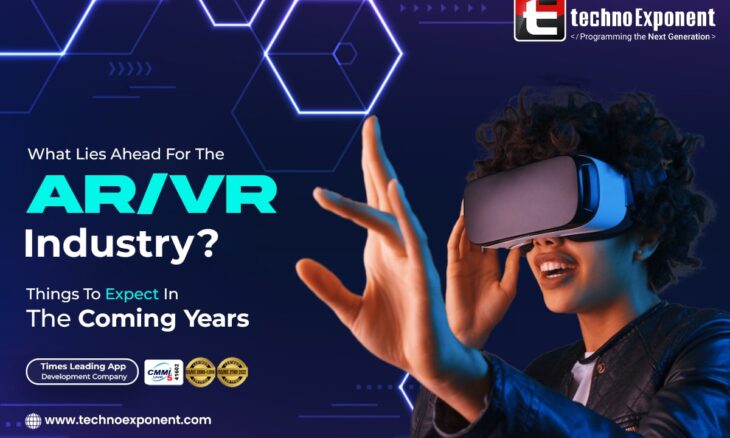
By the time you read this, the Apple Vision Pro will be open for pre-order in nine countries worldwide including the UK and mainland China. The marketing efforts surrounding this device used the term “spatial computing”. Spatial computing is the process of blending real-world data with devices in a more natural way.
Spatial computing may sound very fancy, but it effectively describes the leap we have made as a race in computing. Software has officially spilled out of the screens onto the real world and we just can’t get enough of it.
Given these new milestones in tech, it’s time we sat up and took notice of the implications of such rapid advancement. Join us as we un-blur the lines of immersive internet for you and give you a concise idea of what you can expect in the future.
NASA, Google, Meta, Facebook: Organizations That Pushed For AR/VR
First, a little history. NASA was the first to use AR/VR when it created the VIEW headset for research purposes in 1985. In the early 2000s, gaming companies like SEGA, Samsung, and Sony used AR/VR to build headsets for a more realistic video game experience.
Then Google entered the scene with Google Cardboard, a rudimentary VR viewer. Finally, in 2014, when Meta’s Mark Zuckerberg purchased Oculus VR Inc., he set the stage for the development of Oculus Rift, a VR gaming headset. In 2019, Oculus Quest entered the scene, paving the way for more VR headsets until 2023 when Apple joined in with its announcement of the Apple Vision Pro.
Apple Vision Pro’s launch video hasn’t outlined much about the device’s capabilities, showcasing pedestrian tasks like watching movies, playing video games, or simply looking at pictures. It also should be mentioned here that the device comes at $3,500 and is experiencing slow sales in the USA.
How Gaming and Entertainment Are Propelling AR/VR Forward
At present, the entertainment sector and the gaming industry are the biggest users of VR headsets. Gamers enjoy the immersive nature that the headsets provide and find the experience extremely fulfilling.
However, given that the headsets are a bit on the clunky side, gamers will have to wait for a few more iterations of the product before they have something sleek and simple, that they won’t mind strapping to their faces every day.
AR/VR in the Training and Education Sectors
Apart from gaming, this technology finds use in the education and training sectors. A recent PWC study stated that those who learn using VR are four times more likely to learn better than ordinary classroom learners. Also, they happen to apply the concepts better than ordinary learners.
As larger organizations begin to take advantage of AR/VR to design training programs for employees, smaller ventures too are getting in on this trend as the technology becomes more cost-effective.
The Use of AR/VR in Surgery
Finally. AR/VR is being used in surgical sectors as well. The AR/VR can be used to plan complex surgeries. At Johns Hopkins University, AR was used to assist in a critical surgery of the spine in 2020. Surgeons are now able to enjoy a better visualization of anatomical structures.
AR/VR is also useful for training and helping new surgeons learn their trade. There is a lack of skilled surgeons and training with simulations helps new surgeons learn fast and retain information.
The Use of AR/VR in Marketing
And finally, we look at how AR/VR is going to impact the marketing sector. We are eager to see AR/VR forever change this sector and create some engaging experiences for consumers.
With the incorporation of AR/VR in marketing, brands can engage with customers in different ways. Brands like Ikea and Sephora have made use of augmented reality to help users visualize their products better and consequently keep them interested in their offerings.
Other brands, too, can jump on this trend and start curating augmented reality for their products, ultimately helping their consumers make faster decisions.
Conclusion
These were a few examples of how the AR/VR trend is going to sweep up the world. While people will be sucked into the novelty of the devices and appreciate just how far technology has come, there is also a looming question of safety and ethics involved. The discussion surrounding AR/VR has yet to evolve to that stage where priority is given to such questions.
With the launch of Apple Vision Pro and Meta’s Quest 3 and Quest Pro, we have again been confronted with the technology of the future. While the future looks exciting and bright as we embrace a whole new reality, it’s time we understand our role in the AR/VR landscape.
 +44 141 628 8980
+44 141 628 8980
 (786) 269-2247
(786) 269-2247
 +61 872007153
+61 872007153
 +91 8900027268 (Sales only)
+91 8900027268 (Sales only)








